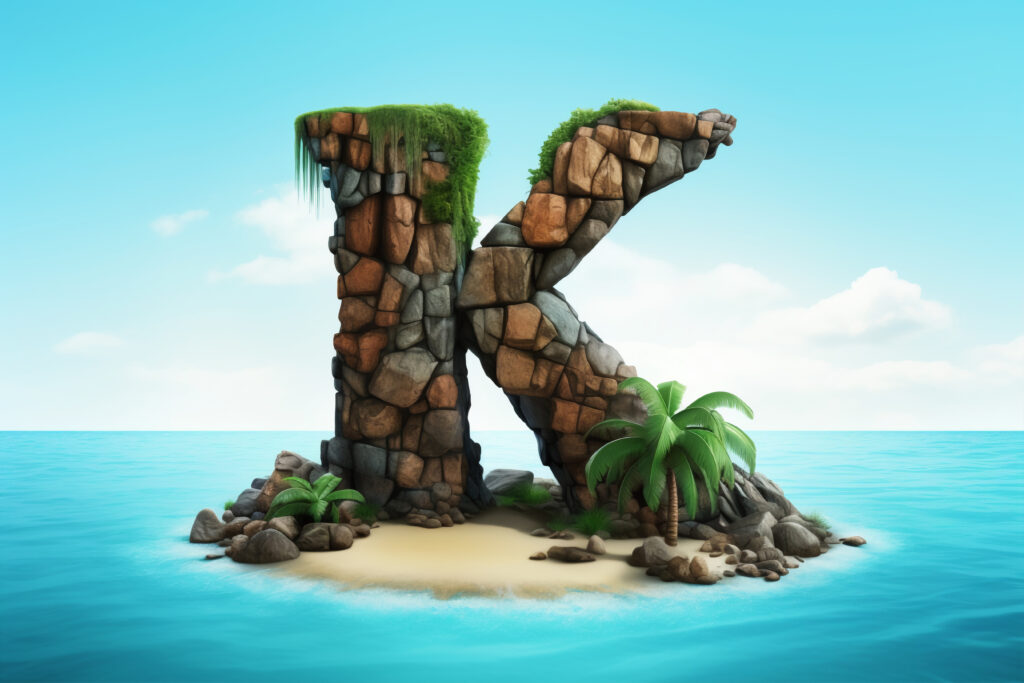The internet can make small coincidences look like big mysteries. One of the latest examples is the claim about the Nickelodeon logo Epstein Island theory — a rumor that says the famous orange “splat” logo looks like Jeffrey Epstein’s private island.
This topic has exploded online, especially on TikTok, Reddit, and X (Twitter). People are asking: Is there any truth behind this? Or is it just another viral conspiracy?
Let’s break it down simply, professionally, and factually.
What Is the “Nickelodeon Logo Epstein Island” Claim?
The phrase nickelodeon logo Epstein Island began trending when users noticed that the outline of Nickelodeon’s orange splat seemed to resemble an aerial view of Epstein’s private island — Little Saint James, located in the U.S. Virgin Islands.
Epstein’s island became infamous after investigations revealed horrific crimes involving human trafficking and child abuse. So, when people saw a possible visual connection between the island and a children’s TV logo, it triggered an emotional reaction.
However, emotional reactions are not evidence — and the facts tell a different story.
The History of Nickelodeon’s Logo
Nickelodeon launched in 1979 as a fun, creative network for kids. The original logo was just a wordmark.
The 1980s: The Birth of the Splat
In the mid-1980s, Nickelodeon rebranded with a bright orange splat logo. The “splat” represented messiness, play, and childhood energy — things that kids love.
This logo became iconic. It appeared in slime shows, game shows, and cartoons like SpongeBob SquarePants and Rugrats. It symbolized fun, not hidden meaning.
The 2023 Rebrand
In 2023, Nickelodeon brought back a modern version of the splat. The network said it wanted to reconnect with its nostalgic identity. The updated logo was designed by Roger Design Studio, and according to their team, it was inspired by the dot over the “i” in Nickelodeon and the playful blobs from the past.
No one in the design process ever mentioned an island, let alone Epstein’s.
What Is Epstein Island?
Jeffrey Epstein owned Little Saint James, a small private island in the Caribbean. After his arrest in 2019, the island became a symbol of his criminal empire.
The island’s shape is irregular and curved, with beaches and rocky points. Photos taken from above show a blob-like outline — which some people online think resembles Nickelodeon’s logo.
But here’s the truth: hundreds of random shapes on Earth can look similar to Nickelodeon’s splat if you squint hard enough.
How Did the Rumor Start?
The rumor first spread in mid-2023 when a few social media users compared the two shapes side-by-side. Someone posted “Why does Nickelodeon’s logo look exactly like Epstein Island?”
That single post spread like wildfire. TikTok creators, conspiracy channels, and meme pages repeated it, adding dramatic captions and music to grab attention.
The more people saw it, the more they believed it — even though no real evidence supported it.
Fact-Check: What Experts Say
Verified Sources Respond
According to PolitiFact, Poynter, and other fact-checking organizations, there is no connection whatsoever between the Nickelodeon logo and Epstein Island.
Their investigations confirmed that the current design was made purely for brand identity, with no references to geography or criminal cases.
Poynter summarized it best:
“Nickelodeon’s splat logo is a nod to its history, not to Jeffrey Epstein’s private island.”
The Designers’ Intent
The team behind the logo also explained that the shape was chosen for its organic fun, nostalgia, and motion appeal. They used animation-friendly shapes — the kind that look good when bouncing, stretching, or dripping.
No maps, no hidden messages, no connection.
Why Do People Believe It Anyway?
It’s natural for humans to find patterns — it’s called pareidolia. That’s the same reason we see faces in clouds or animals in the stars.
Online, this becomes stronger when people mix pattern recognition with distrust in large companies or media. A claim like “Nickelodeon logo Epstein Island” feeds that distrust perfectly. It combines a nostalgic brand with a dark real-world scandal — a recipe for virality.
However, popularity doesn’t equal truth.
How Social Media Amplifies Misinformation
Social media thrives on shock value. When someone posts something like “The Nickelodeon logo is Epstein Island,” it triggers curiosity and outrage. Both emotions make people share the content instantly.
Even if viewers don’t fully believe it, they still comment or repost — boosting its visibility. Algorithms reward engagement, not accuracy.
That’s how conspiracy theories grow. Within days, the claim reached millions of users before fact-checkers could respond.
The Psychology Behind the Theory
The “Hidden Symbol” Effect
People love uncovering secrets. It makes them feel smart or “in the know.” That’s why so many conspiracy theories revolve around hidden symbols in logos, movies, or songs.
The Nickelodeon theory fits that pattern. It takes something innocent — a kids’ network — and tries to expose a supposed “dark side.”
The Emotional Hook
Because Epstein’s crimes were horrific, anything associated with him draws strong emotions. Linking a children’s brand to his name multiplies that reaction, even if it’s false.
Comparing the Shapes: Coincidence, Not Connection
When you compare the Nickelodeon logo and the island outline, yes — they both look like blobs. But so do paint spills, ink splashes, and thousands of natural formations.
Nickelodeon’s logo is a stylized cartoon splat, not an accurate topographic shape. The island’s outline varies depending on tide, angle, and image source. If you overlay random coastlines, many would match equally well.
Coincidence does not equal conspiracy.
The Real Story of Nickelodeon’s Brand Values
Nickelodeon’s message has always been about fun, creativity, and inclusivity. Its branding and logo reflect that mission.
The orange color represents joy and youth. The playful typography feels approachable and kid-friendly. The splat itself stands for imagination — breaking the rules and getting messy.
The company has produced award-winning shows for over 40 years and has inspired generations of children. Linking that legacy to Epstein’s crimes is not just inaccurate — it’s harmful.
Why It’s Important to Fact-Check Before Sharing
When false information spreads, it hurts both the audience and the people involved. Misinformation can destroy reputations and distract from real issues — like ongoing justice for Epstein’s victims.
Fact-checking protects the truth. It ensures that our outrage is directed where it belongs — toward verified wrongdoing, not imagined connections.

Media Responsibility and Audience Awareness
Platforms and audiences share responsibility for what trends. Viewers must ask:
- Who posted this first?
- Is there evidence?
- Have experts verified it?
Before assuming something is a “hidden symbol,” check credible sources. In this case, PolitiFact, Poynter, and Reuters have all debunked the nickelodeon logo Epstein Island claim.
Nickelodeon’s Silence — And Why It Makes Sense
Interestingly, Nickelodeon itself hasn’t publicly addressed this rumor. Some fans see that as suspicious. But in reality, brands often avoid acknowledging baseless conspiracies to prevent giving them more attention.
By staying silent, Nickelodeon likely hopes the story fades instead of growing. This is a common PR strategy used when misinformation lacks credibility.
The Lesson Behind the Hype
This viral moment teaches us something deeper: how fast false ideas can spread, and how easily the internet can turn coincidence into controversy.
The next time you see a theory that sounds shocking but lacks evidence — pause. Research before you share. Ask why someone might want you to believe it.
Critical thinking is the best defense against misinformation.
Conclusion
The nickelodeon logo Epstein Island theory is a myth born from coincidence, emotion, and viral algorithms.
The orange splat is simply a fun, nostalgic design — not a map or a symbol of anything sinister. Every credible investigation has found zero evidence linking the two.
Nickelodeon’s brand remains focused on children’s joy, not dark conspiracies. The lesson is clear: not everything that looks similar is connected. In the digital age, truth needs patience — and proof.
FAQs
1. Is the Nickelodeon logo actually based on Epstein Island?
No. There is no evidence that Nickelodeon’s logo is connected to Epstein’s island in any way.
2. Who designed the Nickelodeon splat logo?
It was created by design agencies working with Nickelodeon in the 1980s, and later updated by Roger Design Studio in 2023.
3. Why do people think the logo and island look the same?
Because both have blob-like outlines, but this is pure coincidence, not intent.
4. Has Nickelodeon commented on the rumor?
No. The company has not issued any public statement, likely to avoid amplifying a false claim.
5. What can we learn from this trend?
Always verify viral claims. Look for reliable sources before believing or sharing online theories.
Read Also : SpongeBob Characters: Exploring the Funny World Beneath the Sea

